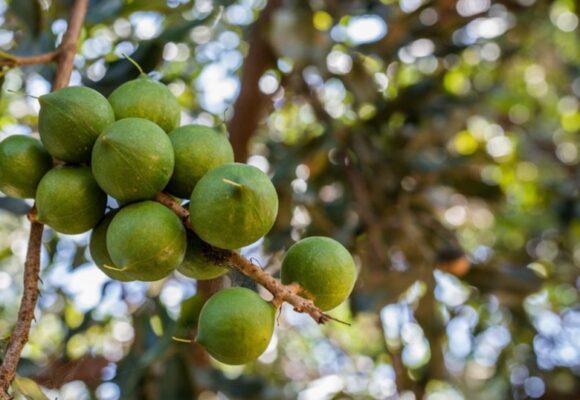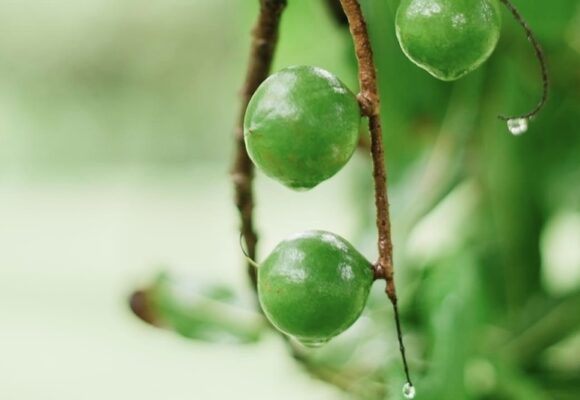Australian industry remains resilient in the face of challenging market conditions
Supply
The initial crop forecast published for the Australian 2022 season predicted a crop of 54,930 tonnes in-shell @ 3.5% moisture (58,900 t in-shell @ 10% moisture). However this is likely to be revised downwards in May once the impacts of the recent extreme weather conditions are fully understood.
Macadamias South Africa’s (SAMAC’s) current projection for their 2022 crop is 57,723 tonnes dry nut-in-shell (62,215 tonnes @ 10% moisture), 8% higher than 2021.

Demand
Across the top five markets, macadamia kernel imports are up 6% on the prior MAT period. However, while China/HK (+21%) and the domestic market (+10%) are performing strongly and Japan is seeing some improvement (+7%), the two largest markets of Europe (+3%) and USA (0%) are not yet experiencing any significant growth.
Market sources advise demand for whole kernel remains strong due to the limited impact of COVID on the snacking market. However, two years of reduced out-of-home consumption and ongoing international travel restrictions are driving increased price competition in the ingredient styles.
In-shell imports to China were up significantly (+54%) for 2021 compared to 2020 (MAT January to December) with market sources indicating this was driven by the Chinese crop performing below expectations. While Australia’s imports were reported to be up 1,500 tonnes (+13%), the major movers were South Africa, Guatemala, United States and Zimbabwe.

Australian sales
Overall, the Australian industry is proving resilient with Australian kernel sales moving closer to pre-COVID levels, largely due to strong sales in Asia and Europe, and US sales returning to growth.
The AMHA reported robust sales growth on the prior year’s MAT period to December 2021 in all key Asian markets except Japan. Kernel sales into South Korea and China have been particularly strong (+40% and +67% respectively). Australia continues to hold a dominant position in the South Korean market due to the FTA advantage. Australian sales into the USA show ongoing improvement.
Looking ahead in 2022, key challenges for the Australian industry will be continued global price competition in ingredient style kernel and increasing costs and complexity in the supply chain, with these conditions expected to continue into 2023.



